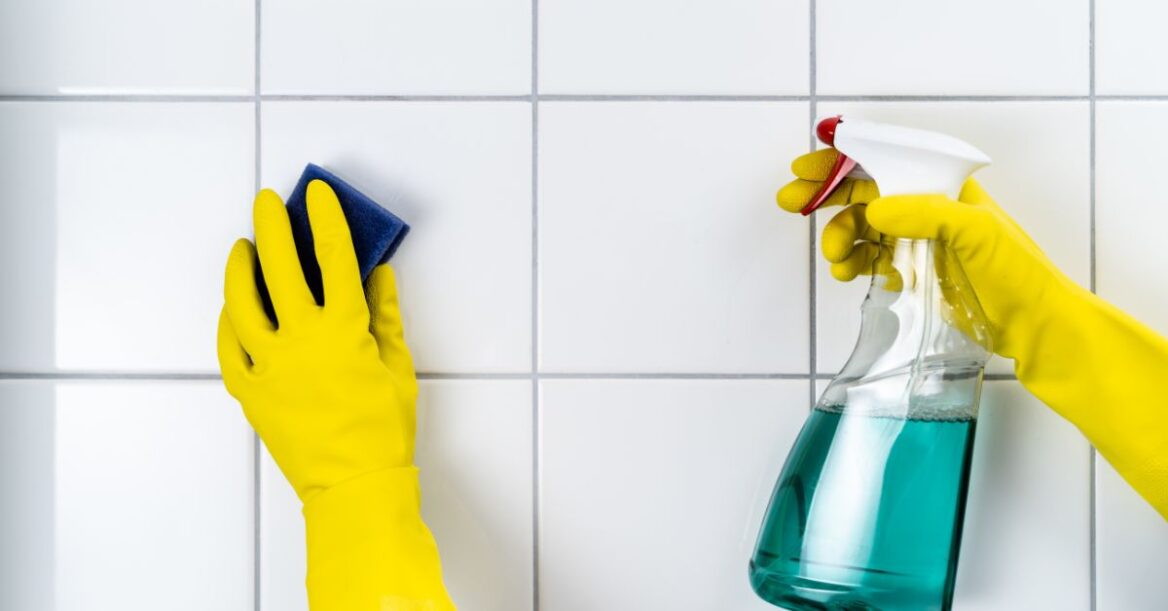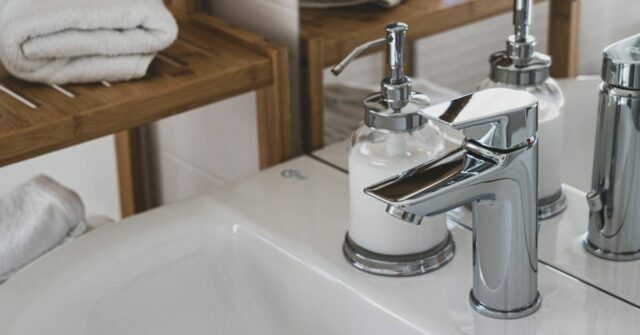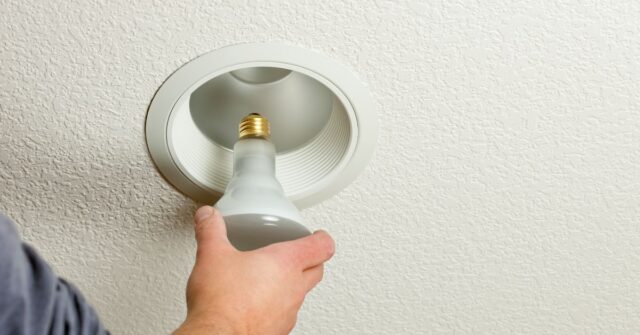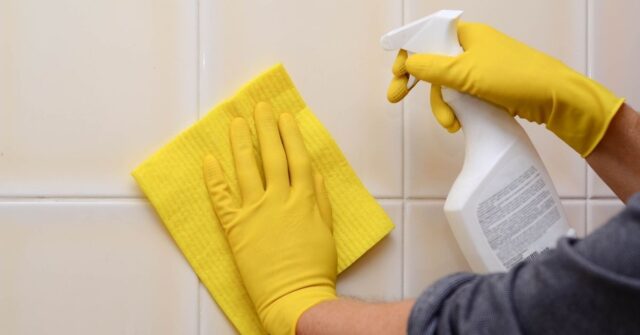Keeping your bathroom sparkling is more than just a matter of pride; it’s about preserving the health and longevity of your space.
In Australia, where the climate can range from dry and scorching to humid and wet, maintaining your bathroom grout is crucial. Let’s dive into how you can keep your grout looking as good as new.
Introduction
Grout does more than fill the gaps between your tiles; it seals out water, preventing mould and mildew. However, it can also be a magnet for dirt and grime, which is why giving it proper attention is key.
The Importance of Keeping Your Grout Clean
Why fuss over grout? Beyond aesthetics, clean grout prevents harmful bacteria from taking up residence in your bathroom. This is especially important in Australia’s humid regions, where moisture can linger.
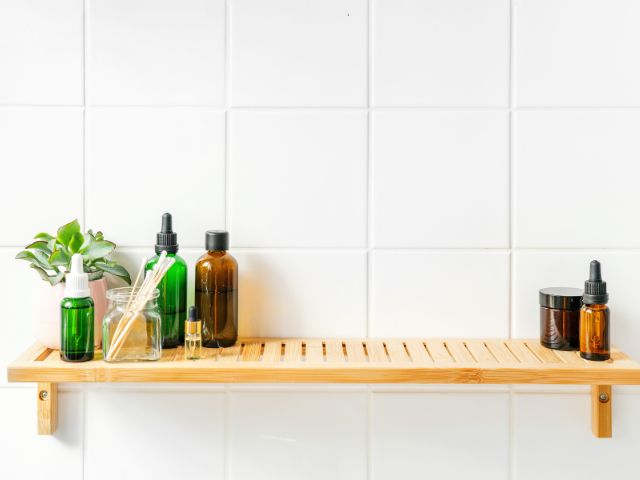
Understanding the Australian Climate’s Impact on Your Bathroom
From the tropical north to the cooler, temperate south, Australia’s varied climate affects your bathroom differently.
High humidity can lead to quicker mould growth, while drier air may cause grout to crack and crumble prematurely.
Choosing the Right Cleaning Materials and Tools
Not all heroes wear capes; some wield scrub brushes and grout cleaners. Choosing the right arsenal is your first step to victory over grime and mildew.
Safe and Effective Grout Cleaners
Steer clear of harsh chemicals. A solution of white vinegar and water, or baking soda for tougher stains, can work wonders without damaging your grout or the environment.
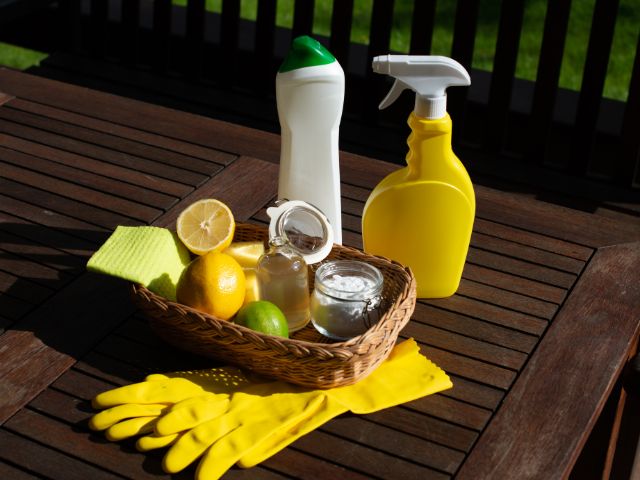
Natural Alternatives for Eco-Conscious Australians
For those leaning green, lemon juice and salt make a potent duo against grout stains. They’re effective and leave your bathroom smelling fresh.
Essential Tools for Grout Maintenance
A sturdy scrub brush or an old toothbrush can get into those nooks and crannies, making them indispensable tools in your cleaning kit.
Step-by-Step Guide to Cleaning Your Grout
Now that you’ve got your tools and cleaners ready, it’s time to tackle that grout head-on.
Preparing Your Bathroom for Cleaning
Start with a blank slate by removing any rugs or items from your bathroom floor. A good sweep or vacuum goes a long way in prepping your space.
The Cleaning Process: A Detailed Overview
Apply your chosen cleaner directly to the grout lines and let it sit for a few minutes. Then, give it a good scrub. For stubborn areas, a second application may be necessary.
Rinsing and Drying: Finishing Touches
Once you’re done scrubbing, rinse the area thoroughly with water. Dry the surface with a clean cloth to prevent any leftover moisture from seeping into the grout.
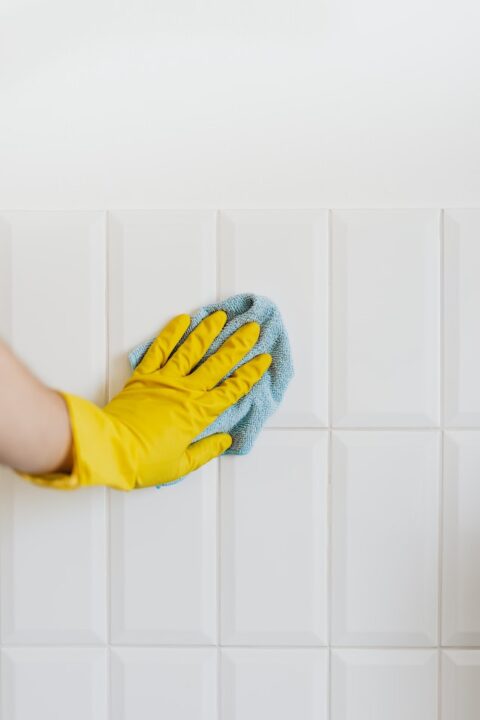
Maintaining Your Bathroom Grout
Keeping your grout clean isn’t a one-time event; it’s a commitment. Here’s how to stay on top of things.
Regular Maintenance Tips
Regularly wiping down your tiles and grout with a damp cloth can prevent build-up. Also, keeping your bathroom well-ventilated will minimize moisture and discourage mould growth.
Addressing Common Grout Problems
If you spot cracks or see grout crumbling, it might be time for a repair. Small issues can be fixed with a bit of grout touch-up, but keep an eye out for larger problems that might require professional help.
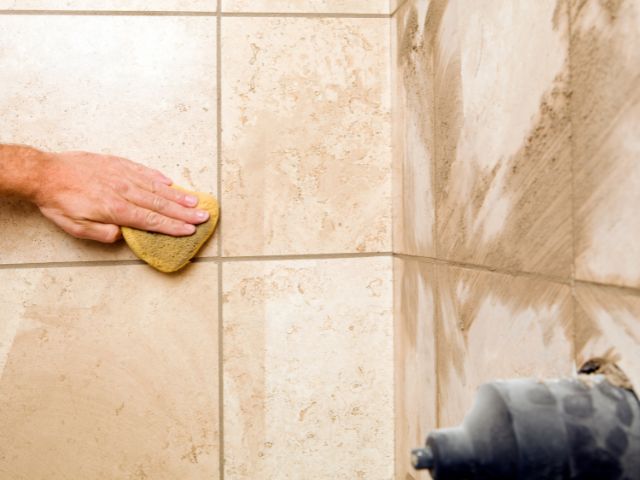
When to Call in the Professionals
If cleaning and minor repairs don’t cut it, or if you’re dealing with extensive mould, it’s time to call in the experts.
They can assess the situation and provide a solution that will keep your bathroom healthy and looking great.
Preventing Grout Damage
Prevention is better than cure, especially when it comes to bathroom grout.
Preventive Measures to Protect Grout
Using a squeegee after showers to remove excess water from your tiles and grout lines can dramatically reduce the risk of mould and mildew. Consider doing this as part of your daily routine.
The Role of Ventilation in Grout Longevity
A well-ventilated bathroom is crucial. Use exhaust fans during and after showers to help dry out the room and reduce humidity levels.
Choosing the Right Grout Sealant
Investing in a quality sealant can provide an additional layer of protection, keeping your grout safe from water and stains.
Apply it according to the manufacturer’s instructions for the best defence against moisture and dirt.
DIY Grout Repair and Replacement
Even with the best care, grout may eventually need repairs or replacement. Here’s how to handle it like a pro.
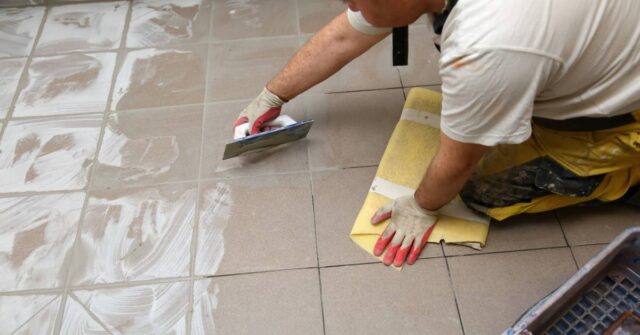
Signs Your Grout Needs Attention
Keep an eye out for discoloured, cracked, or crumbling grout. These are clear signals that your grout needs some TLC. Catching these signs early can save you time and effort in the long run.
DIY Grout Repair Guide
For minor repairs, a grout pen can work wonders in refreshing the look. For more significant issues, removing the damaged grout and applying new grout might be necessary.
Just remember to clean the area thoroughly before applying new grout.
When to Consider Grout Replacement
If cleaning and repairs aren’t improving the situation, it might be time for a replacement. This is especially true if the grout is extensively damaged or if you’re renovating your bathroom.
Conclusion
Maintaining your bathroom grout might seem like a small part of home upkeep, but it makes a big difference in the longevity and health of your bathroom.
By following these steps, you can keep your grout looking pristine and your bathroom free from unwanted moisture and mould.
Summarizing Key Maintenance Tips
Regular cleaning, using the right tools and materials, and staying vigilant about ventilation and moisture can keep your bathroom grout in top shape.
Don’t forget about regular sealant applications to add that extra layer of protection.
FAQs
Let’s address some common queries on grout maintenance.
Q: How often should I clean my bathroom grout?
A: For general maintenance, a deep clean every three to six months is recommended. However, regular wiping and drying can significantly extend the periods between deep cleans.
Q: Can I use bleach on my grout?
A: While bleach can be effective, it’s harsh and can weaken grout over time. Try gentler alternatives first, like vinegar or baking soda solutions.

Q: Is regrouting a bathroom a DIY job?
A: Absolutely! With the right tools and some patience, regrouting can be a satisfying DIY project. However, for large areas or significant damage, consider consulting a professional.
Keeping your bathroom’s grout clean and maintained isn’t just about aesthetics; it’s a crucial part of home maintenance that ensures the longevity and safety of your living spaces.
With the right approach, you can keep your bathroom looking great and functioning well for years to come.

